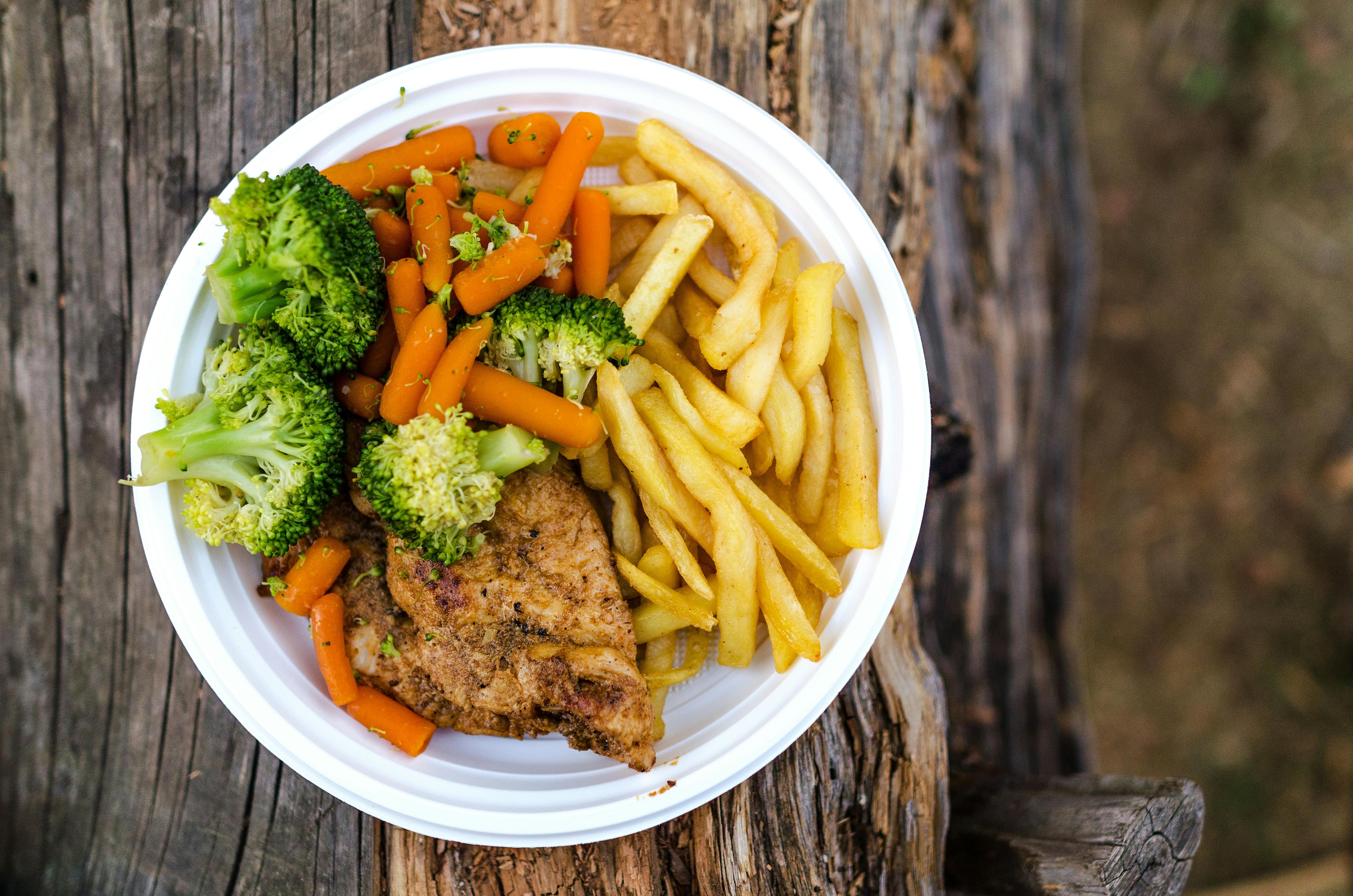
Smart Ways to Reverse Diet and Optimize Your Results in 2025
In today's fast-paced world, managing our weight and overall health can feel daunting. As many people venture from restrictive diets into the recovery phase, they must learn how to navigate the complexities of reversing these diets. Understanding reverse dieting is essential for anyone looking to maintain their weight, enhance their metabolic rate, and support their fitness goals in 2025.
In this article, we will explore effective reverse diet plans that can help you gradually increase calorie intake and optimize your results. We will cover the benefits of reverse dieting, provide you with essential strategies, discuss common mistakes to avoid, and offer practical recipes to support your journey.
By employing mindfulness and flexibility in your eating habits, you can establish a sustainable approach to managing your body composition and achieving health optimization. Let's dive into the world of reverse dieting and learn how to create lasting, positive changes in your lifestyle.
Understanding Reverse Dieting: The Fundamentals
Building on our introduction, it’s important to note that reverse dieting is a strategic approach that helps individuals transition from a caloric deficit to weight maintenance. This method allows for a gradual increase in caloric intake, enabling the body to adapt without excessive weight gain.
What Is Reverse Dieting?
Reverse dieting explained: it's a structured plan that gradually increases calories over time. This process aims to restore metabolic rate and reduce the risk of weight regain after dieting.
When you undergo strict dieting, your metabolism can adjust to operate on fewer calories. By implementing a reverse diet, you can carefully increase your caloric intake, thereby signaling your body to ramp back up its metabolic functions. This is critical for sustainable dieting as it helps prevent metabolic adaptation and supports overall energy balance.
Benefits of Reverse Dieting
The benefits of reverse dieting extend beyond just weight maintenance. One of the primary advantages is enhancing your metabolic rate. As you incrementally increase calories, your body learns to burn energy more efficiently, avoiding the negative consequences of hereditary metabolic slowdown.
Moreover, reverse dieting encourages a healthier relationship with food. By incorporating flexible dieting principles, you can enjoy a variety of foods in moderation, leading to better food choices and adherence to your nutrition plan. This flexibility helps avoid issues such as binge eating, promoting a more positive approach to eating behaviors.
Key Concepts: Caloric Surplus and Energy Balance
Understanding caloric surplus and energy balance is vital in a reverse diet protocol. The goal is to avoid sharp increases in calorie consumption that may lead to unwanted fat gain. Instead, focus on a sustainable increase in calorie intake through balanced nutrition, emphasizing nourishing foods rich in essential micronutrients.
Monitoring your weight during this gradual process can help you make necessary adjustments, ensuring continuous progress toward your fitness goals. This proactive approach promotes ongoing motivation and accountability in maintaining a healthy lifestyle.
Creating Your Reverse Diet Plan
With these fundamentals established, it's time to design a tailored reverse diet plan that matches your individual needs and preferences. This involves understanding what works best for your body, fitness journey, and overall lifestyle.
Step-by-Step Reverse Dieting Strategy
To effectively create a reverse diet plan, start by determining your maintenance caloric needs. From here, aim to gradually increase calorie intake by 5-10% each week, adjusting based on how your body responds. Incorporate a nutritional breakdown focusing on macronutrient ratios to ensure sufficient protein sources and healthy fats while balancing your carbohydrates.
It is essential to establish meal timing and frequency that supports your fitness routine and lifestyle changes. Utilizing tools such as food tracking apps can empower you to assess your eating habits, helping to identify areas for improvement.
Reverse Diet Recipes for Success
Incorporating reverse diet recipes into your meal planning can keep your journey exciting and tasty. Focus on whole, nutrient-dense foods that delight the palate while providing essential nutritional benefits. Include a mix of proteins, healthy fats, and fibrous carbohydrates to create satisfying meals that won’t lead to cravings or hunger pangs.
Example meal ideas may include protein-packed smoothies, rich in healthy fats like avocado and nut butter, or wholesome grain bowls topped with lean proteins and seasonal vegetables. Ensuring food variety is paramount in avoiding dietary boredom.
Common Mistakes to Avoid
While implementing your reverse diet strategy, be mindful of potential pitfalls. One of the common mistakes is increasing caloric intake too quickly, which can lead to rapid weight gain. Remember, this is a gradual process and should be approached with patience.
Additionally, avoid relying solely on unbalanced meals or unhealthy snacking habits. Focus on portion control and maintaining positive eating behaviors. If you feel overwhelmed, consider exploring coaching support from a fitness professional or registered dietitian.
Maintaining Motivation and Progress
Connected to the previous section, maintaining motivation throughout your reverse diet journey is essential. Regularly reassess your progress, using fitness assessments to monitor body composition and health improvements.
Accountability and Support
Engagement in a reverse dieting community can provide moral support and accountability. Sharing your experiences with peers, whether through online forums or in-person fitness groups, can bolster motivation. Finding accountability partners can help keep you on track during challenging moments.
Tracking Progress: Fitness Evaluations
Regular physical fitness evaluations, including monitoring body weight and composition changes, are vital during the reverse dieting phase. Utilizing methods like anthropometric measurements can help gauge your progress effectively.
Fostering a Healthy Mindset
Establishing a health-focused mindset is instrumental in your reverse diet success. Engage in positive self-talk and practice stress management techniques such as mindfulness or meditation to enhance mental well-being.
Conclusion: The Path to Sustainable Weight Management
In conclusion, mastering reverse dieting is a powerful tactic that can significantly impact your health outcomes, client progress, and overall well-being. By gradually increasing caloric intake, fostering balanced nutrition, and employing sustainable habits, you can optimize your fitness journey and create a lasting positive relationship with food.
Moving forward, remember to tailor your approach based on personal feedback, and do not hesitate to seek professional guidance when necessary. Ultimately, take your time and approach each step with intention, and you'll be effectively on your way to achieving your health objectives throughout 2025 and beyond.
 example.com/image2.png
example.com/image2.png
 example.com/image3.png
example.com/image3.png